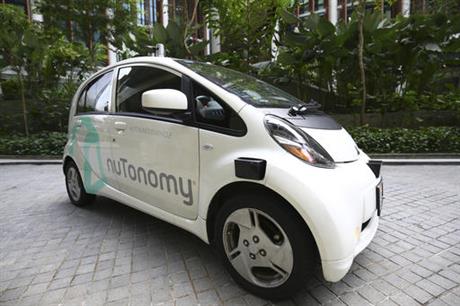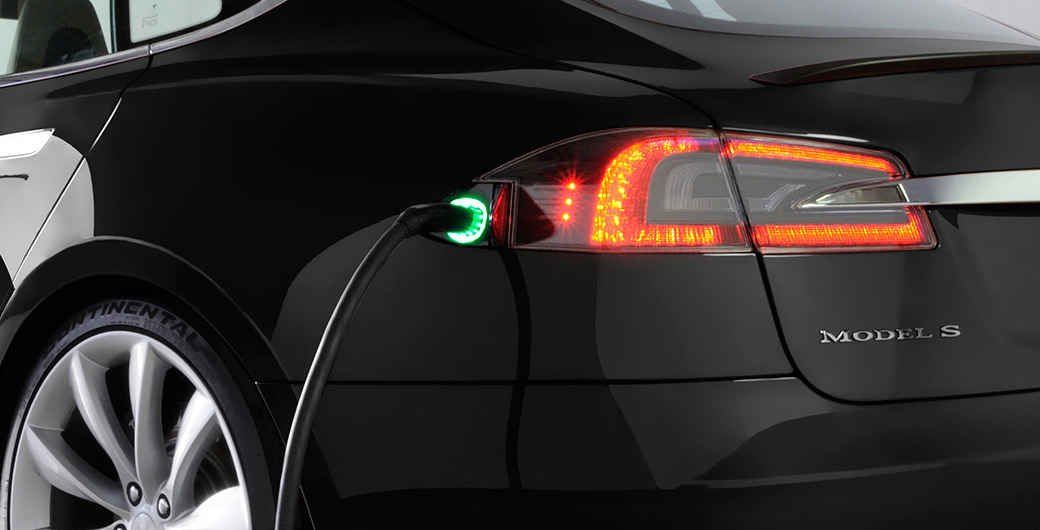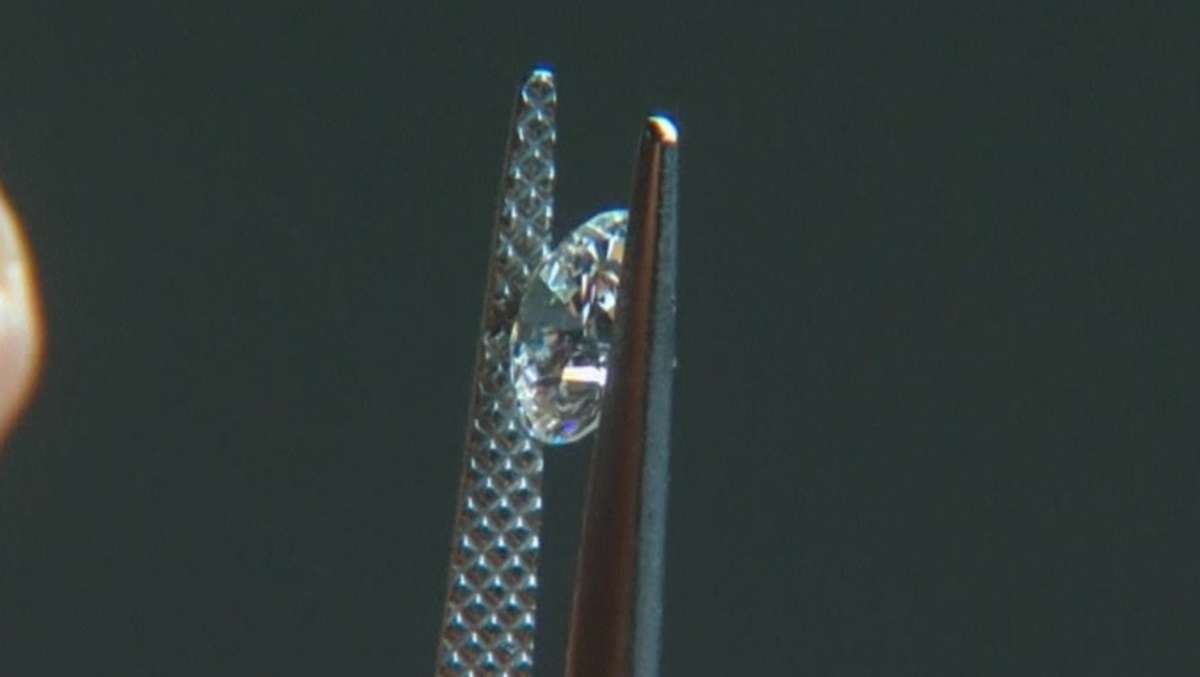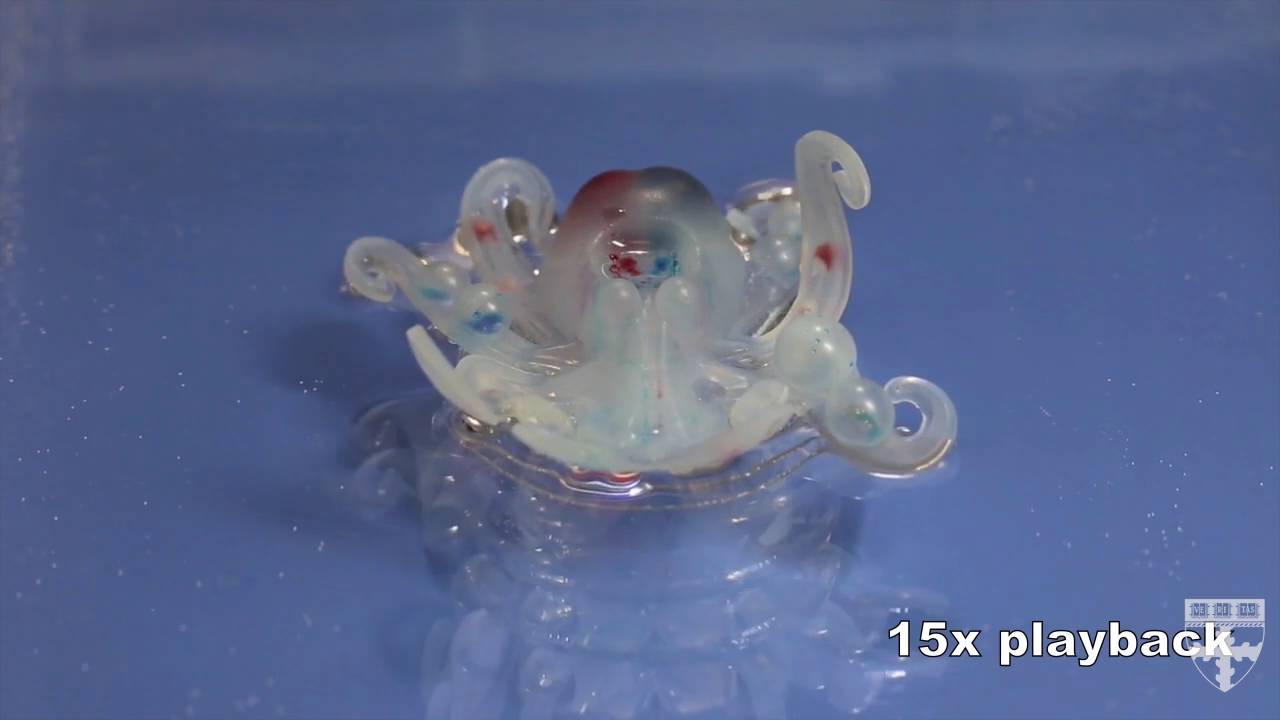Aug 25, 2016
ESO Confirms: Earth-Sized Planet Found Around the Closest Star to Earth, Proxima Centauri
Posted by Elmar Arunov in category: alien life
A new planet that bears striking similarities to our own planet prompts remarkable inroad into the study of space. This also brings a new area to search for the possibility of extraterrestrial life.
Back in 2013, the first signs of a planet over four light-years from our solar system were spotted. Since then, the scientific community has been working to gather more information via further observations, primarily with the help of the European Southern Observatory (ESO).
To study and observe the red dwarf star, which was named Proxima Centauri, the Pale Red Dot campaign was started. Scientists used the HARPS spectograph on the ESO’s 3.6 meter telescope at La Silla in Chile. Combined with data gathered from other telescopes around the world, astronomers, led by Guillem Anglada-Escudé, observed a wobbling star that was apparently caused by the gravitational pull of an orbiting planet.


















